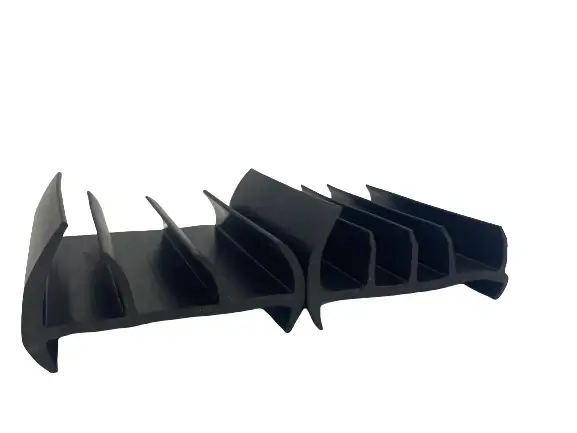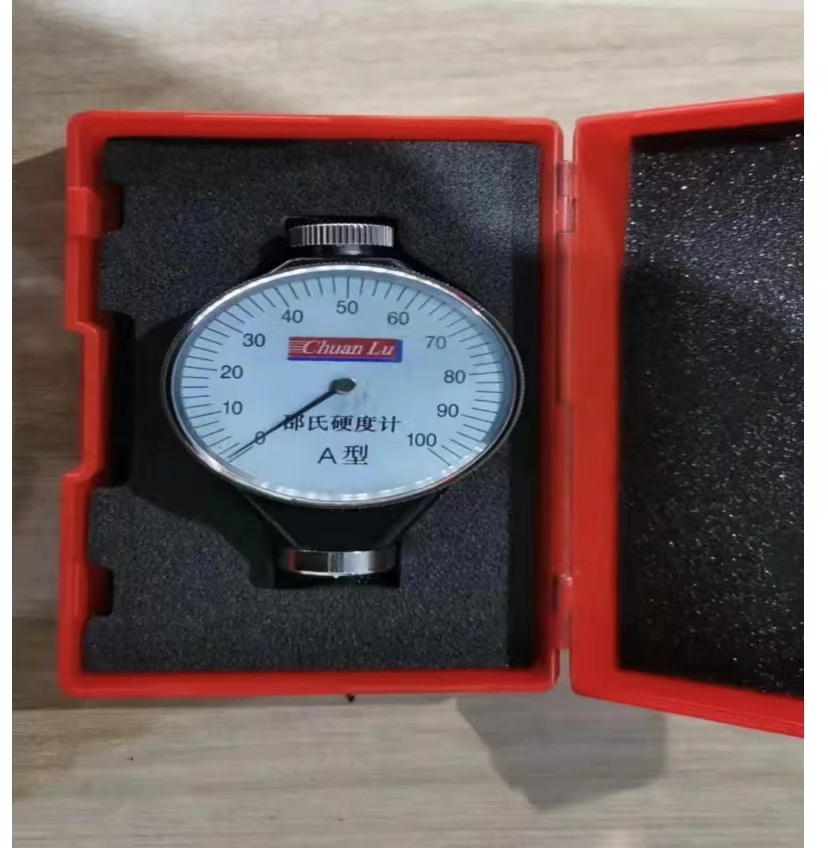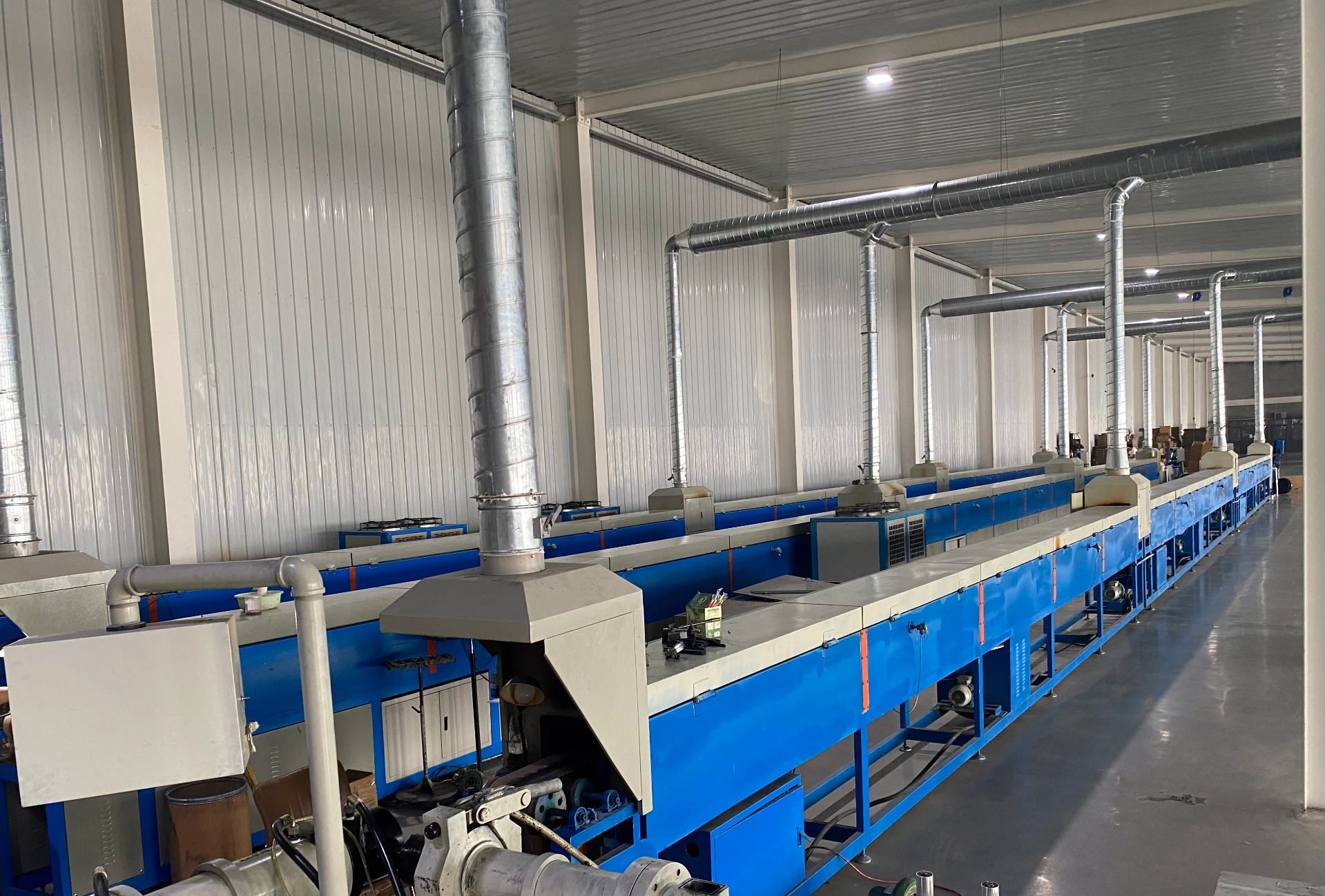Rubber sealing strip for car doors
A rubber sealing strip for car doors is a flexible strip made from materials like EPDM rubber, designed to fit along the edges of car doors. Its primary function is to create a tight seal between the door and the car frame, preventing air, water, dust, and noise from entering the vehicle. This strip is essential for maintaining the comfort and integrity of the vehicle interior, providing insulation against external elements and enhancing the overall driving experience.
One of the main advantages of rubber sealing strips is their ability to reduce road noise. By minimizing the gaps around the doors, they block external sounds, making the cabin quieter and more comfortable. They also help prevent water leaks, which can cause rust or damage to the vehicle’s interior, especially during heavy rains or car washes.
Rubber sealing strips also play a role in temperature regulation inside the car. By sealing off external air, they assist the heating and cooling systems, contributing to more efficient climate control. Over time, rubber sealing strips can wear down or lose their elasticity, so regular inspection and replacement when necessary are essential. Overall, these strips are crucial for maintaining a comfortable, noise-free, and weather-protected car interior.
What Are The Benefits Of Using Rubber Sealing Strips For Car Doors?
Rubber sealing strips for car doors offer a variety of benefits that improve both comfort and vehicle durability. First, they act as a barrier against external elements, effectively blocking water, dust, and dirt from entering the vehicle. This protection helps preserve the car’s interior by preventing moisture buildup, which could otherwise lead to mold, mildew, or even rust on metal components.
Another key benefit is the reduction of road noise. Rubber sealing strips absorb sound vibrations and prevent external noise from entering the cabin, creating a quieter and more comfortable environment for passengers. This noise reduction can make long drives more enjoyable and less tiring for drivers and passengers alike.
Additionally, rubber sealing strips contribute to energy efficiency within the vehicle. By sealing gaps around the doors, they prevent air leaks, which can help maintain a stable interior temperature. This reduces the workload on the car’s air conditioning and heating systems, leading to better fuel efficiency and a more comfortable climate inside the cabin.
Lastly, rubber sealing strips improve door function. They provide a cushioned barrier that helps align doors properly when closed, reducing wear on door components and ensuring a tighter, more secure fit. Altogether, these benefits make rubber sealing strips an essential component for enhancing vehicle performance, durability, and passenger comfort.
How Can You Tell When Rubber Sealing Strips On Car Doors Need To Be Replaced?
Recognizing when rubber sealing strips need replacement is essential for maintaining a comfortable and well-sealed vehicle. One of the first signs that the sealing strips may need to be replaced is visible wear or damage, such as cracks, tears, or areas that appear flattened. Over time, exposure to sunlight, temperature changes, and general wear can cause rubber to degrade, making it less effective at sealing the door properly.
Another indication is an increase in road noise while driving. If you notice more sound entering the cabin than usual, it may be due to deteriorated or ineffective rubber seals. Similarly, if you feel drafts or notice temperature fluctuations in the cabin, it could be a sign that the strips are no longer creating a tight seal, allowing outside air to enter.
Water leaks around the doors are also a clear sign of failing rubber sealing strips. If you see water stains or feel dampness on the interior side of the doors after rain or a car wash, it’s a good indication that the sealing strips are compromised and need to be replaced to prevent further damage.
Finally, if the door doesn’t close as smoothly as it once did or requires more force to latch properly, this could signal that the rubber has lost its elasticity. Replacing worn-out strips can restore proper sealing, reduce noise, and protect the vehicle interior from weather and dust.















